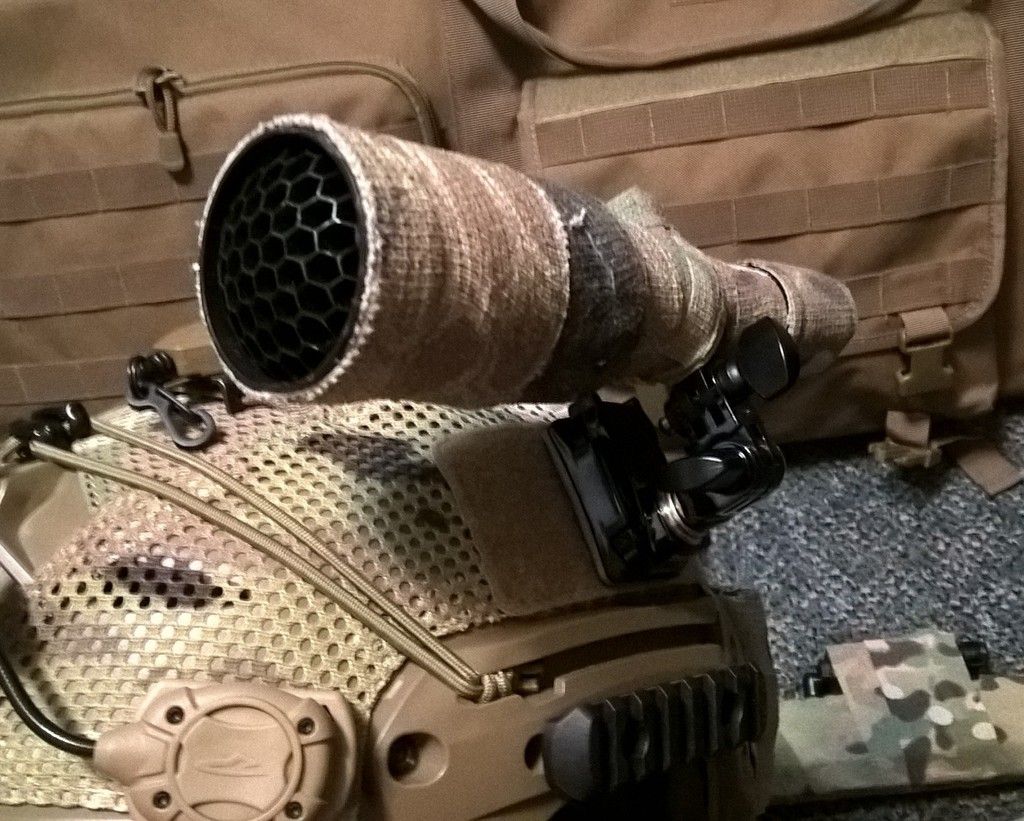I use a 940nm spot light at my coyote bait site. It is mounted on a tall 4x4 post that is roughly 25 yards from the bait pile, but I can see coyotes up the hill maybe 30 yards away. I turn the 940 on to see what's there. It has no red glow at all that I can see, absolutely none. Once I spot the coyote with the 940, I then turn on my 850nm T-20 that is mounted on my rifle back at the cabin.
The coyotes will look at the source and no doubt can see the red glow, but most don't seem bothered by it. The 850nm light hasn't been on all the time and I turn it on when I am ready or near to take the shot.
Below is an example. I deployed the 850nm light around the 3:00 mark in the video.
This is another example. The first coyote didn't mind the 850 light, but the second one at the 3:42 mark didn't like it.
This coyote has always been nervous anyway. It looked at the red glow twice and started to leave.
Here is yet another coyote that wasn't bothered by the 850nm. Notice the 2:11 mark.
I conclude from the several times I have observed coyote behavior, that most are not affected by the red glow.
There are exceptions. I guess coyotes are individuals and have their own tolerance level.




